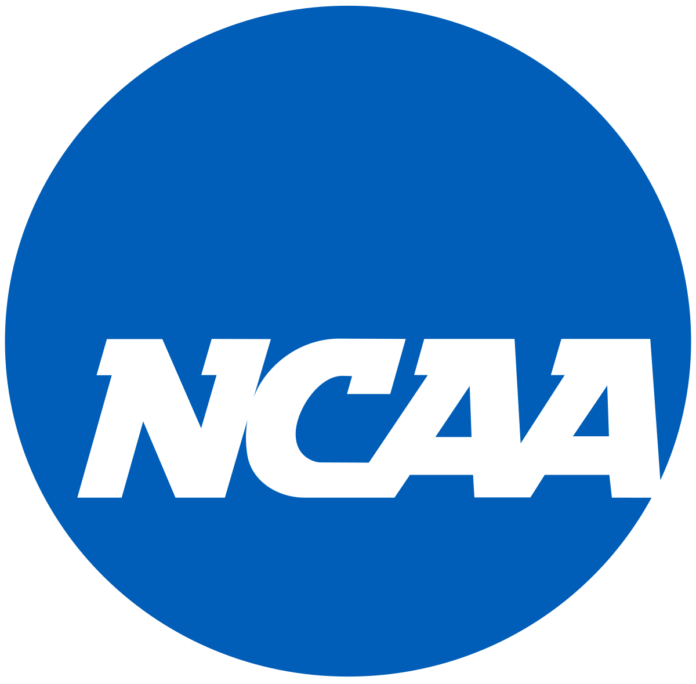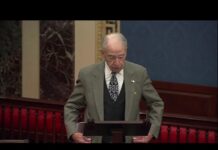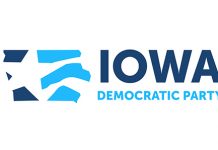On Monday, Education and Workforce Committee Chairman Tim Walberg (R-MI) sent a letter to the Comptroller General of the United States, Gene L. Dodaro, requesting Government Accountability Office (GAO) examine how Division I and Division II schools’ spending on athletics programs and facilities impacts the cost of tuition and fees.
In the letter, Chairman Walberg writes: “In 2022, Division I colleges spent over $17 billion on intercollegiate athletics, according to the National Collegiate Athletic Association (NCAA)… At the Division II level, colleges spent over $2 billion… [R]ecent changes to NCAA policy allow student-athletes the opportunity to receive compensation for the use of name, image, and likeness (NIL). Given these developments, I write to request the Government Accountability Office (GAO) examine how this spending is impacting postsecondary education.”
The letter continues: “[N]ew policies may put further pressure on schools to spend money on high-quality athletic programs to recruit and retain the best athletes. … As you know, federal student aid provided under Title IV of the Higher Education Act (Title IV) provides students with grants and loans to cover the costs of tuition, fees, and other education-related expenses. At the same time, the data on spending on college athletics raises distinct questions about how schools fund their athletic programs and the extent to which Title IV student aid subsidizes these costs through students’ tuition and fees.”
Walberg concludes by requesting that GAO examine the following questions:
- How do Division I and Division II colleges fund college athletic programs and facilities?
- How do student athletic fees vary among Division I and Division II colleges, including amounts, trends over time, and transparency?
- To what extent do Division I and Division II colleges allocate specific funding sources (e.g., athletics revenue, private donations, student tuition and fees, institutional and government revenue) for various athletic program expenses, such as coaches’ salaries, student recruitment, and athletic facilities?
- How does the recruitment of student-athletes, including NIL compensation and potential future revenue sharing, contribute to athletic program expenses and the cost of postsecondary education at Division I and Division II colleges?
- What role does the Department of Education play in providing guidance and oversight to colleges regarding the use of Title IV funds for athletic program expenses and the reporting of athletics-related revenues and expenses?
- How are Division I and Division II colleges adapting their financial aid strategies for both athletes and non-athletes in response to the rising costs associated with athletic programs, considering the potential impact on the overall affordability of education for all students?
Read the full letter here.














